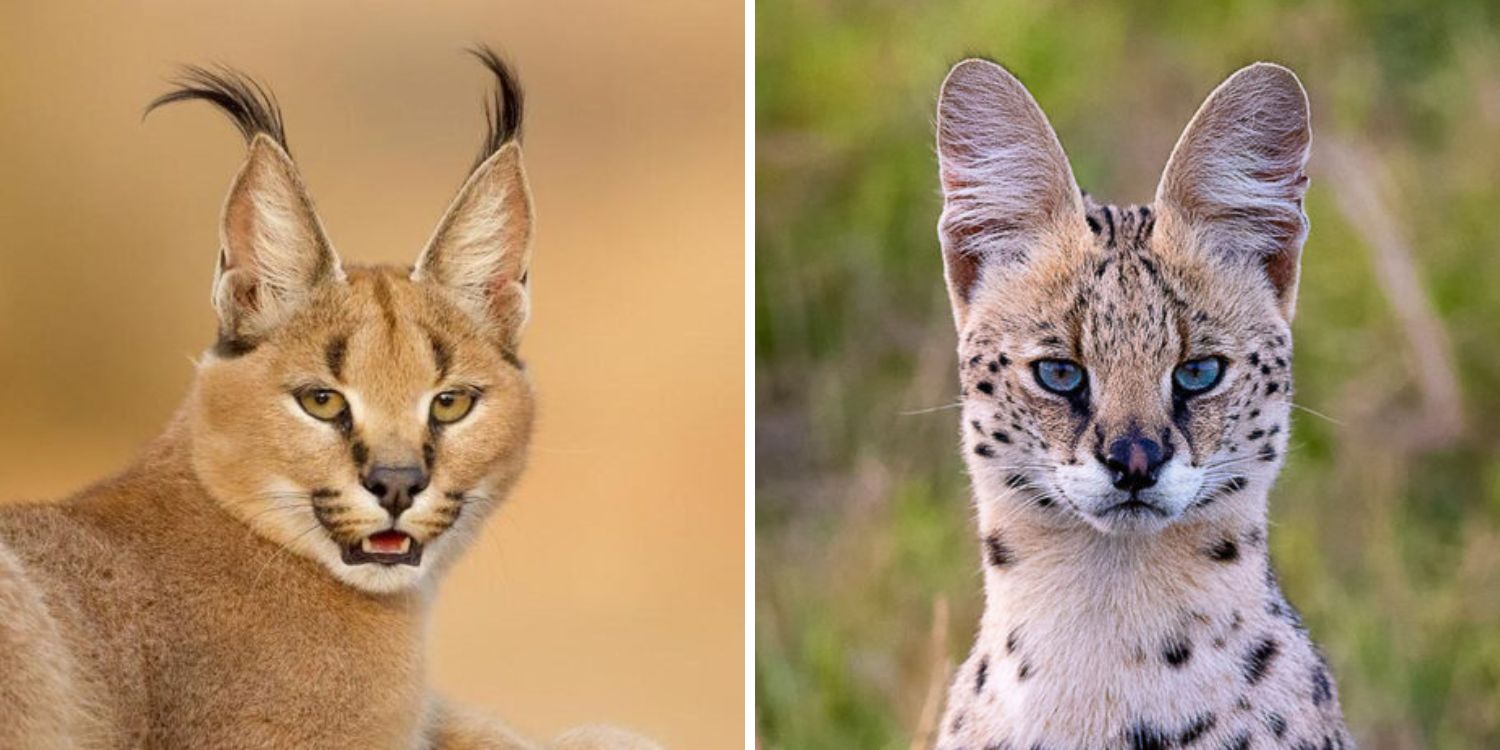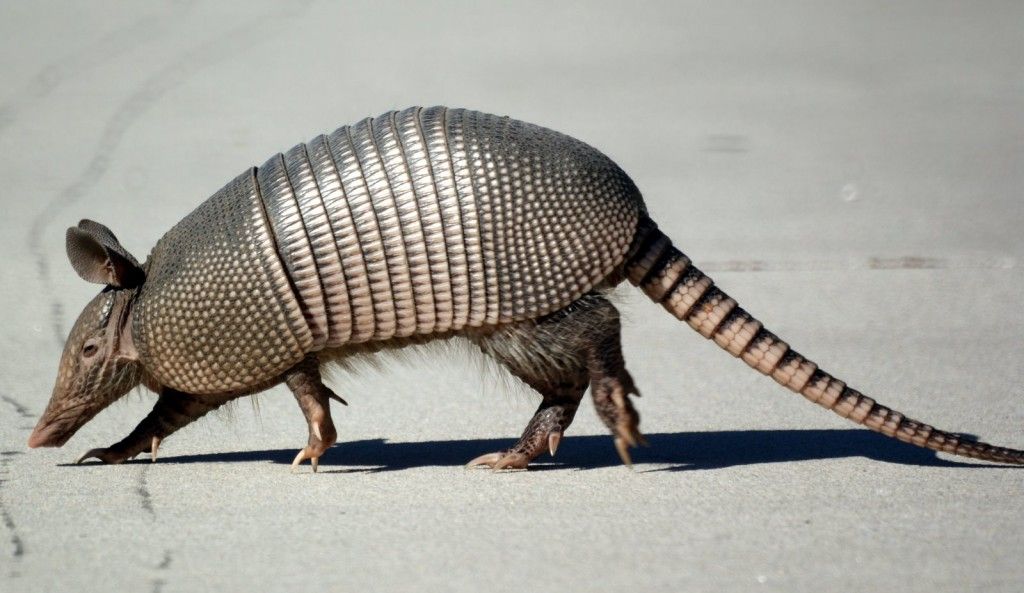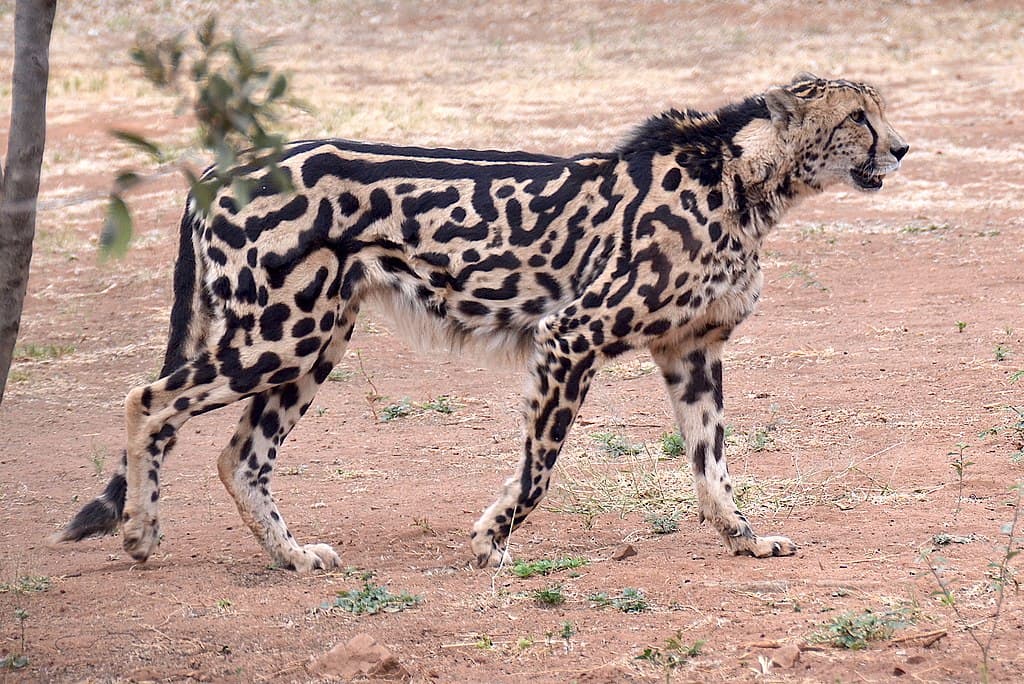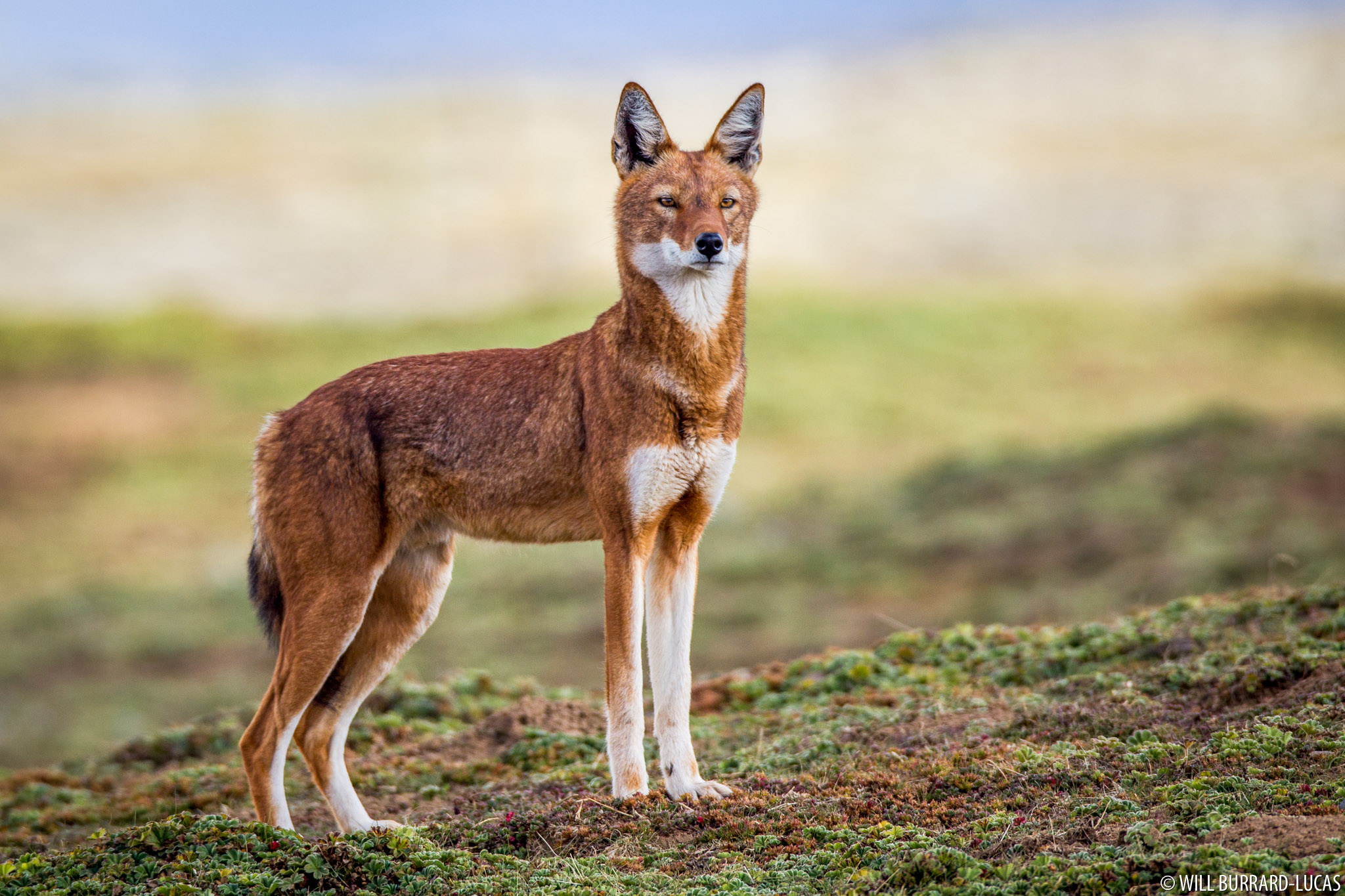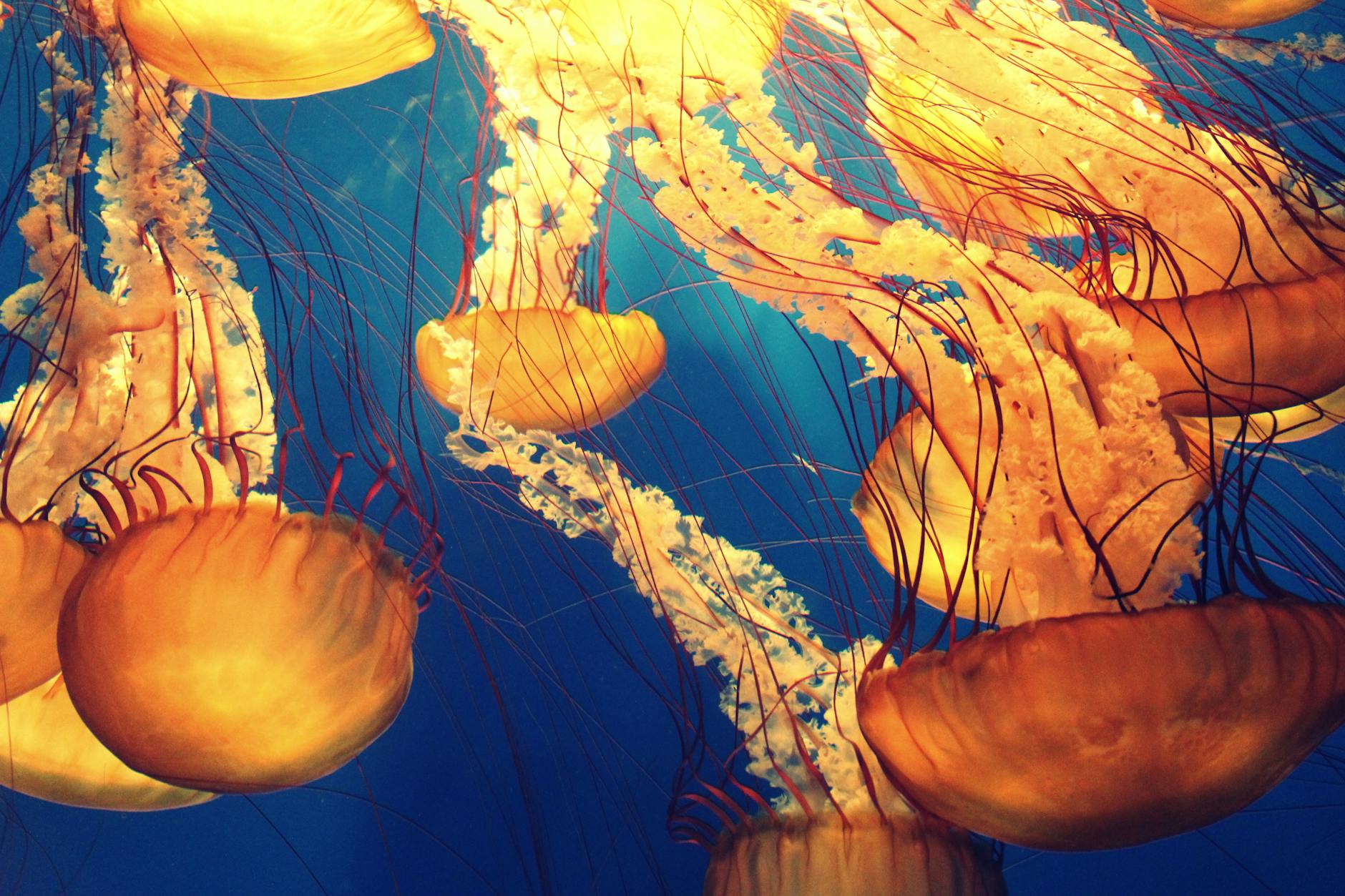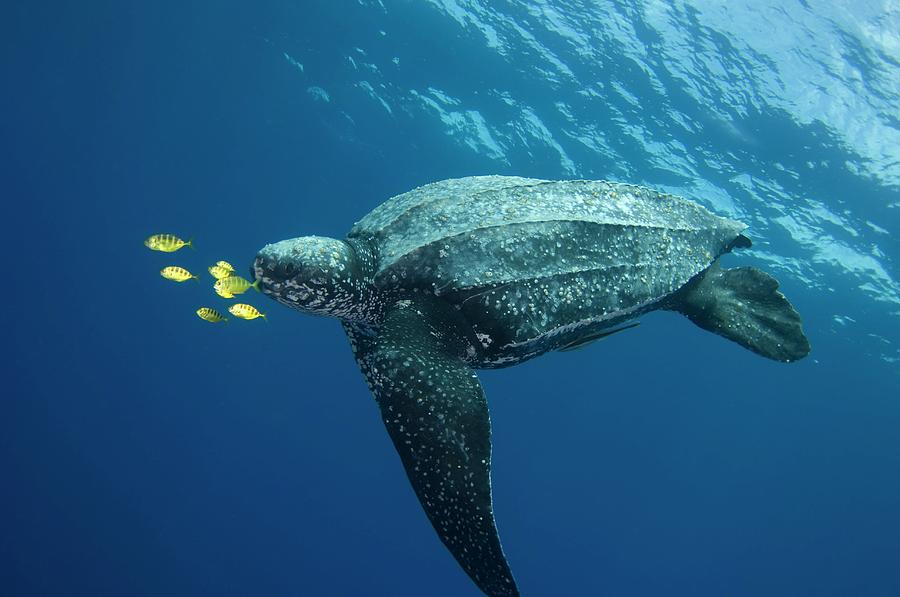
The leatherback sea turtle is a true marvel of nature—ancient, enormous, and built for epic ocean journeys. As the largest sea turtle in the world and the only one without a hard, bony shell, the leatherback is full of fascinating features that make it one of the ocean’s most remarkable reptiles.
What Is a Leatherback Turtle?
The leatherback turtle (Dermochelys coriacea) is a unique member of the sea turtle family. Unlike its relatives that have hard, scaly shells, the leatherback has a soft, leathery carapace made of tough, rubbery skin stretched over a layer of connective tissue and small bones. This flexible design helps it dive to great depths—up to 4,000 feet (1,200 meters)—far deeper than any other sea turtle.
Leatherbacks can grow up to 7 feet (2.1 meters) long and weigh as much as 2,000 pounds (900 kilograms), making them true giants of the turtle world.
Where Do Leatherbacks Live?
Leatherbacks have the widest distribution of any sea turtle. They roam the world’s oceans, from the warm waters of the tropics to the frigid seas near the Arctic Circle. They are highly migratory, traveling thousands of miles each year between their nesting beaches and feeding grounds. Some cross entire oceans in search of jellyfish, their primary prey.
Major nesting sites are found in places like:
- The Caribbean (especially Trinidad and Costa Rica)
- The west coast of Africa
- Southeast Asia
- Parts of Central and South America
What Do They Eat?
Leatherbacks are specialized jellyfish hunters. Their scissor-like jaws and backward-pointing spines in their throats help them grip and swallow the slippery creatures. They often feed near the surface, but can dive deep to follow prey.
Because jellyfish are mostly water, leatherbacks must eat a lot—sometimes their body weight in jellyfish each day!
Why Are Leatherbacks Important?
Leatherbacks play a key role in controlling jellyfish populations, which helps maintain balance in marine ecosystems. And as ancient creatures that have been around for more than 100 million years—since the time of dinosaurs—they’re a living link to Earth’s distant past.
Threats to Leatherback Turtles
Despite their size and resilience, leatherbacks face serious threats:
- Plastic Pollution: They often mistake plastic bags for jellyfish and ingest them, which can be fatal.
- Fishing Gear: Accidental entanglement in nets and lines is a major cause of death.
- Climate Change: Rising temperatures affect sand where they nest, influencing the sex of hatchlings (warmer sand produces more females) and threatening long-term survival.
- Habitat Loss: Beach development and light pollution disturb nesting and hatchling navigation.
As a result, leatherbacks are listed as Vulnerable globally, and some regional populations are Critically Endangered.
How Can We Help?
Protecting leatherback turtles starts with simple choices:
- Reduce plastic use to keep trash out of the ocean.
- Support sustainable seafood to reduce turtle bycatch.
- Turn off beachfront lights during nesting season to help hatchlings find the sea.
- Donate or volunteer with organizations that protect marine turtles and their habitats.
Final Thoughts
Leatherback turtles are ocean wanderers, mysterious deep divers, and gentle giants that have survived for millions of years. Today, they need our help to keep swimming into the future. By learning about them—and spreading the word—we take the first step toward protecting these magnificent animals and the vast, wild ocean they call home.
More photos below ↓













Disclaimer: This blog post is for edutainment purposes only and may not be entirely accurate.


